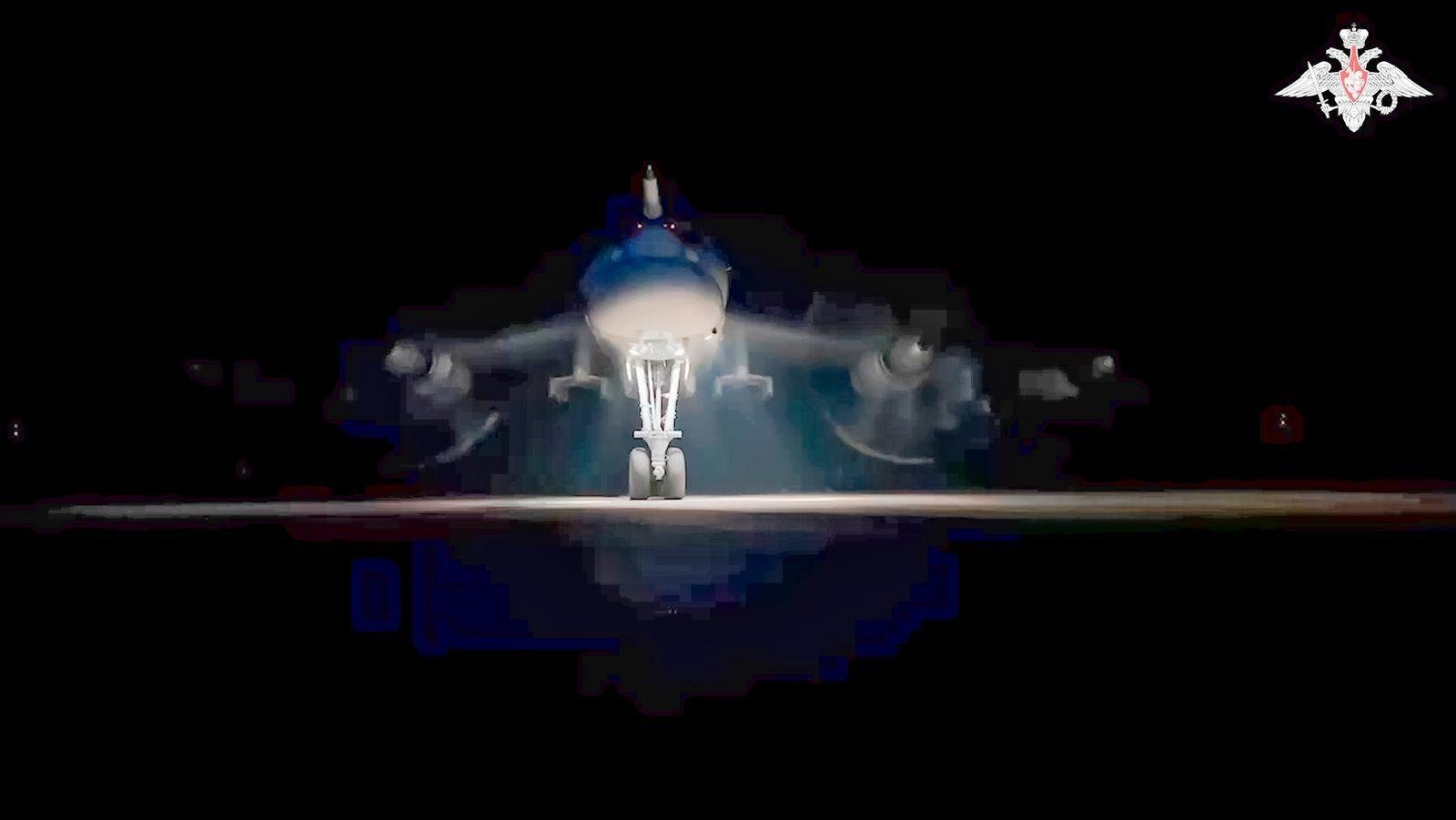
In the murky depths of geopolitical chess, where nuclear threats loom like specters, a chilling statement reverberated across the globe. Austin, the United States Secretary of Defense, issued a grim warning, casting Putin’s potential lowering of the nuclear threshold as “dangerous behavior.” As the world holds its breath, let us delve into the heart of this unsettling declaration, examining its implications and the precarious balance it threatens to shatter.
- Debating the Dangers: Examining Austins Response to Putins Nuclear Threshold Shift
Examining the Implications
Austin’s remarks highlight the heightened concerns surrounding Putin’s actions. By lowering the nuclear threshold, Russia may be more inclined to use nuclear weapons in response to perceived threats, even those that do not meet traditional definitions of existential peril. This shift in doctrine has the potential to erode deterrence and escalate regional conflicts into nuclear confrontations. The consequences of nuclear war are catastrophic, and any lowering of the threshold carries immense risks for humanity.
Assessing the Risks
It is crucial to consider the potential motives behind Putin’s nuclear shift. Some analysts suggest it is a form of nuclear blackmail, intended to deter Western intervention in Ukraine or to influence negotiations. Others argue it is a response to perceived NATO encroachment and a way to reassert Russia’s strategic dominance. Understanding Putin’s intentions is key to developing an effective response. Diplomacy, dialogue, and credible deterrence are essential tools for managing the risks associated with Russia’s nuclear posture.
– Mitigating Risks: Recommendations for Addressing Putins Nuclear Posturing
Strengthening Deterrence and Diplomacy:
- Enhance Nuclear Deterrence: Invest in modernizing nuclear capabilities, including missile defenses and delivery systems, to ensure a credible deterrent against potential adversaries.
- Promote Arms Control and Dialogue: Engage in multilateral disarmament efforts, such as the Nuclear Non-Proliferation Treaty (NPT), to reduce the risk of nuclear escalation and create a framework for dialogue.
- Encourage Diplomatic Engagements: Foster communication channels with Russia, and work with international partners to de-escalate tensions and address underlying concerns.
Reducing Nuclear Risk:
- Establish Risk Reduction Measures: Implement confidence-building measures, such as early warning systems and transparency mechanisms, to mitigate the potential for accidental or intentional nuclear use.
- Consider Nuclear-Free Zones: Explore the creation of nuclear-weapon-free zones in strategic regions, such as the Korean Peninsula, to reduce the risk of nuclear proliferation and escalation.
| Origin of Threat | Recommended Mitigations |
|——————————————————|——————————————–|
| Putin’s Nuclear Posturing | Strengthen Deterrence, Promote Diplomacy |
| Deliberate or Accidental Nuclear Use | Risk Reduction Measures, Nuclear-Free Zones |
| Breakdown in Command and Control | Early Warning Systems, Communication Channels |
| Cyberattacks on Nuclear Infrastructure | Enhance Cybersecurity, Risk Reduction Measures |
| Terrorist Groups Acquiring Nuclear Weapons | Strengthen Nuclear Security, Counter-Terrorism |
In Retrospect
As the geopolitical landscape continues to shift and the threats of nuclear escalation loom, it is crucial for the international community to engage in thoughtful diplomacy and de-escalation efforts. The lowering of the nuclear threshold is a perilous path that endangers global security and jeopardizes the lives of countless innocent people. It is incumbent upon all nations to prioritize peace, dialogue, and disarmament, ensuring a future free from the horrors of nuclear warfare.